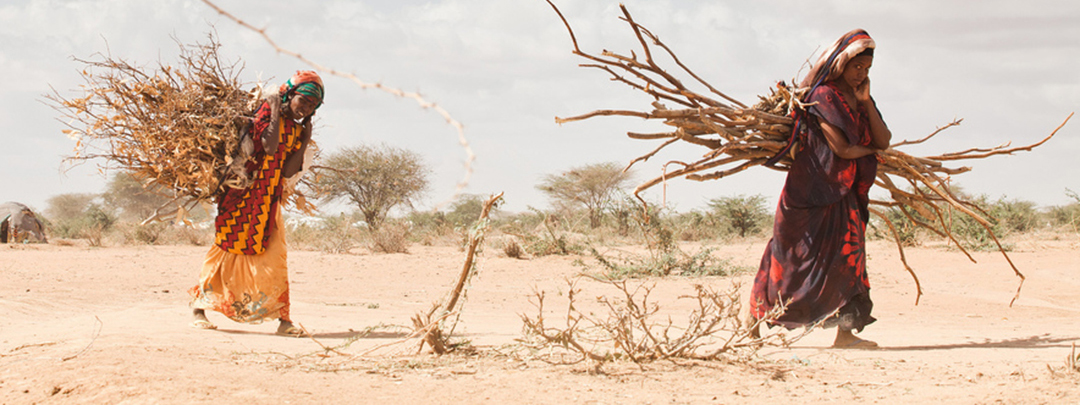Invited Perspectives: “Natural Hazard Management, Professional Development and Gender Equity: Let's Get Down to Business”
Publisher: Natural Hazards and Earth System Sciences
Author(s): Valeria Cigala, Giulia Roder, and Heidi Kreibich
Date: 2022
Topics: Disasters, Gender
Women constitute a minority in the geoscience professional environment (around 30 %; e.g. UNESCO, 2015; Gonzales, 2019; Handley et al., 2020), and as a consequence, they are underrepresented in disaster risk reduction (DRR) planning. After examining the Sendai framework documents and data outputs, Zaidi and Fordham (2021) pointed out that the Sendai Framework for Disaster Risk Reduction 2015–2030 (SFDRR) has failed to promote women and girls' inclusion in disaster policy effectively. In addition, it represents a missed opportunity to tackle gender-based issues in DRR (even beyond the female–male dichotomy). Nevertheless, practical actions have been promoted and applied in several contexts with promising results, but often they only remain lessons learned in localised environments (Zaidi and Fordham, 2021). Instead, the global gender gap index, which includes political empowerment, economic participation and opportunity, educational attainment, health, and survival, reveals that the average distance completed to parity is only 68 % in 2019. Although the gap closing rate has constantly improved, it will take about 135.6 years to close it completely (WEF, 2021). These numbers do not yet account for 2020–2021 data, where the global pandemic has more strongly impacted women, their career, their opportunities, and their health in comparison with men (e.g. Alon et al., 2020; Chandler et al., 2021; Yildirim and Eslen-Ziya, 2021).
